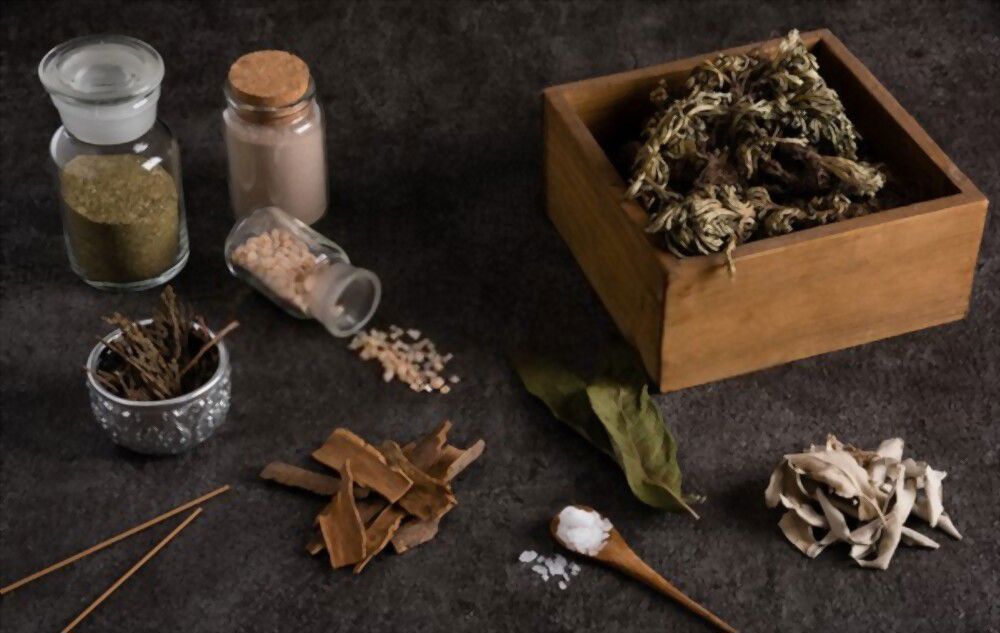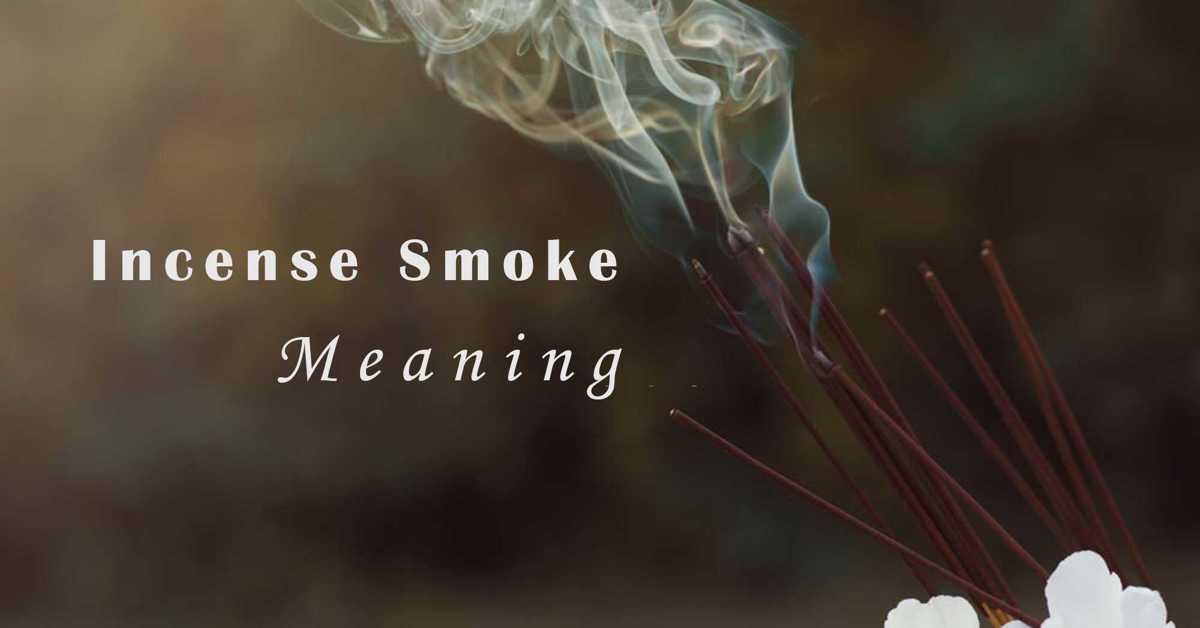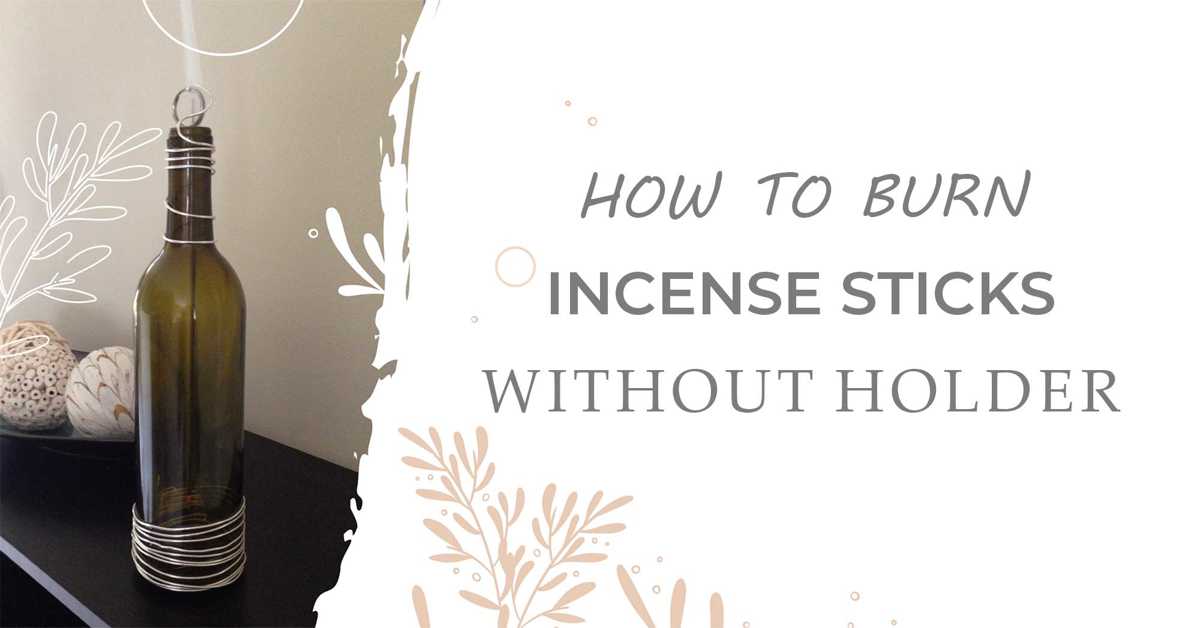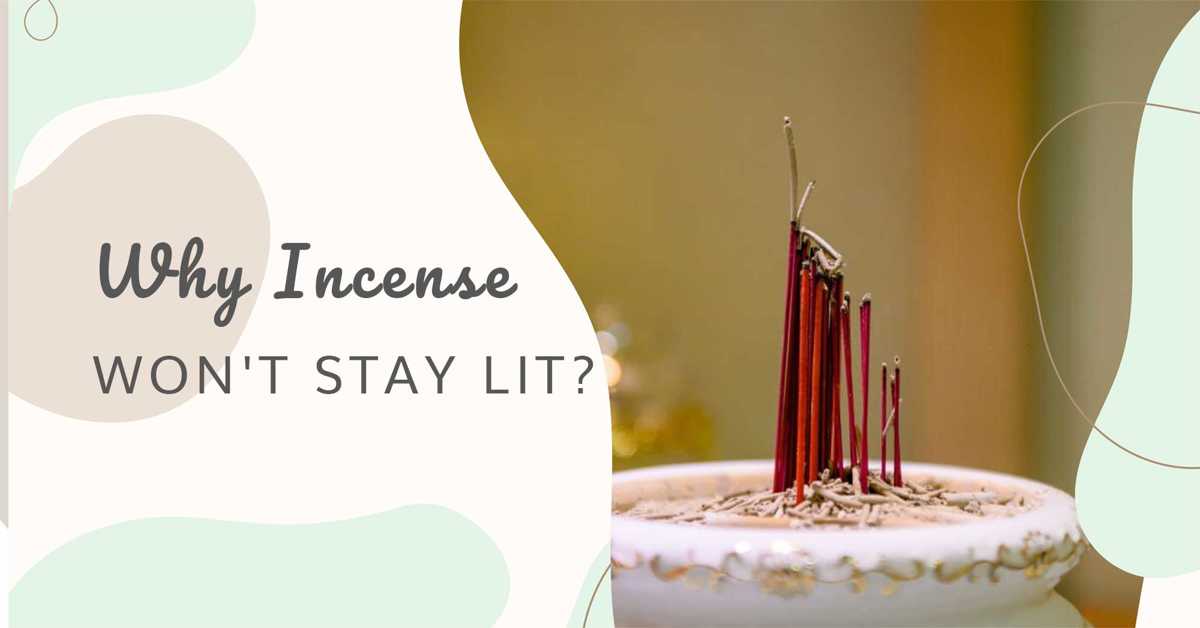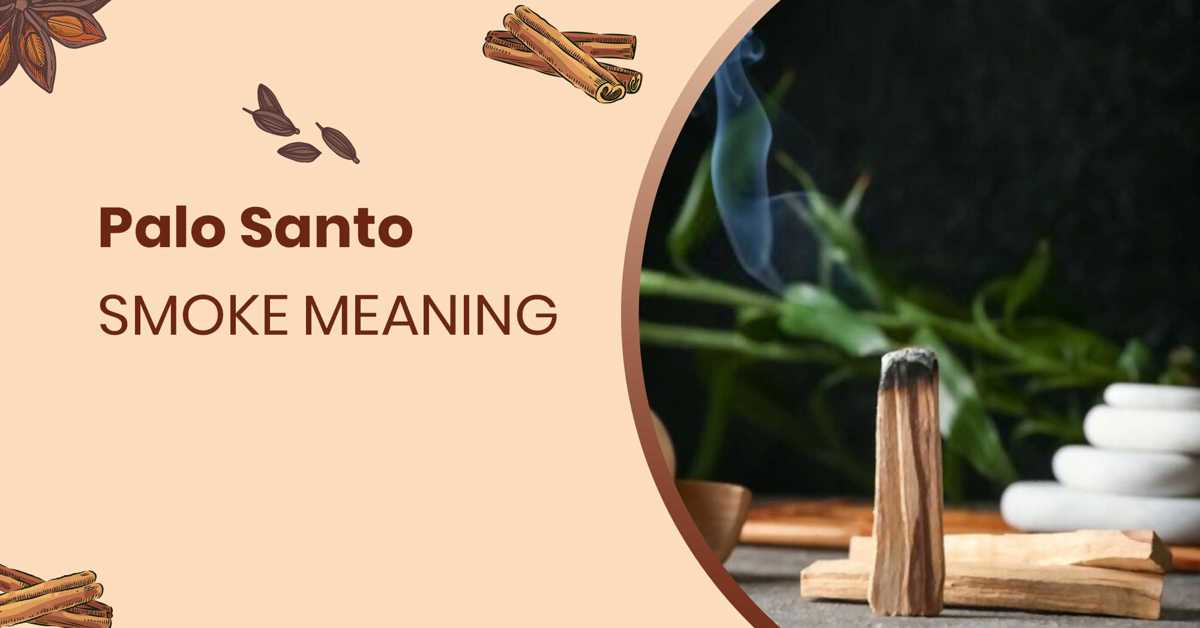Incense is a popular way to add a pleasant smell to any room, but did you know that you can't actually eat it? Despite being commonly known as an edible item, incense is not meant for human consumption. In fact, eating incense can be dangerous and even lead to death.
1. What happens if you eat incense?
There is much debate on whether incense is edible or not. Some people believe that it is, while others believe that it is not. There are a few things to consider when making the decision on whether or not to eat incense. The first thing to consider is the ingredients of the incense. If the incense is made with edible ingredients, then it is likely that it is edible. Keep reading to learn about the most common ingredients in incense and the effects of consuming them.
Incense is made up of a variety of different ingredients, many of which are toxic to humans if ingested. These include but are not limited to essential oils, wood, plant resins, charcoal, and saltpeter. Ingesting any of these ingredients can lead to serious health problems, so it is important to be aware of what incense is made of before using it.
1.1. Essential oils
Essential oils are the most common ingredient in incense. They are used to give the incense its scent. Some essential oils can be ingested in small amounts, while others should never be ingested due to their potentially harmful effects. Essential oils can cause burns, rashes, and even organ damage if consumed in large quantities.
They can also be irritating to the skin and mucous membranes. If used topically, essential oils should always be diluted with carrier oil.
1.2. Wood
What would happen if you ate wood? Wood is made of cellulose, and humans don't have the enzymes necessary to break it down. Termites do because they have bacteria and protozoa in their intestines that help them digest wood. So unless you're looking to cultivate some extra-intestinal flora, it's probably best to stick to other food groups.
1.3. Plant resins
Plant resins are another common ingredient in incense. They are used to hold the other ingredients together and give the incense its shape.
There are a variety of plant resins that contain ingredients that humans cannot eat. The most common resin is amber, which is made up of tree sap. Other resins include copal, dammar, and rosin. These resins are used in a variety of products, including adhesives, paints, and varnishes. The plant resin used in incense is poisonous if ingested, and can cause serious health problems.
1.4. Charcoal
Charcoal is another ingredient that is used in incense. It is used to help the incense burn evenly and produce less smoke. However, it also be dangerous if inhaled or ingested. Eating charcoal can also cause gastrointestinal problems, such as vomiting and diarrhea.
1.5. Saltpeter
Saltpeter is the last ingredient that will be discussed. Saltpeter is a chemical compound with the formula KNO3. It is an ionic salt of potassium ions K+ and nitrate ions NO3−. It is a white crystalline solid at room temperature that is highly soluble in water.
It is used to help keep the incense from igniting too quickly.
However, saltpeter is not safe to eat and can be poisonous. In large quantities, it can cause nausea, vomiting, and diarrhea. It can also be absorbed through the skin and cause irritation.
2. So should you eat incense or not?
The pros and cons of eating incense are still being debated. Some people feel that it is a great way to enjoy the flavor of food, while others find it unappetizing and insecure.
In some cases, people may believe that eating incense can help cleanse the body or mind, while others may see it as a way to connect with the spirit world. Ultimately, it's up to the individual to decide whether or not they want to consume incense. If you do choose to eat it, be sure to research the plant carefully first to make sure it is safe to consume.
In conclusion
There is no clear answer on whether or not incense is edible. It depends on the ingredients, purpose, and type of incense. If you are unsure, it is best to err on the side of caution and not eat incense.


